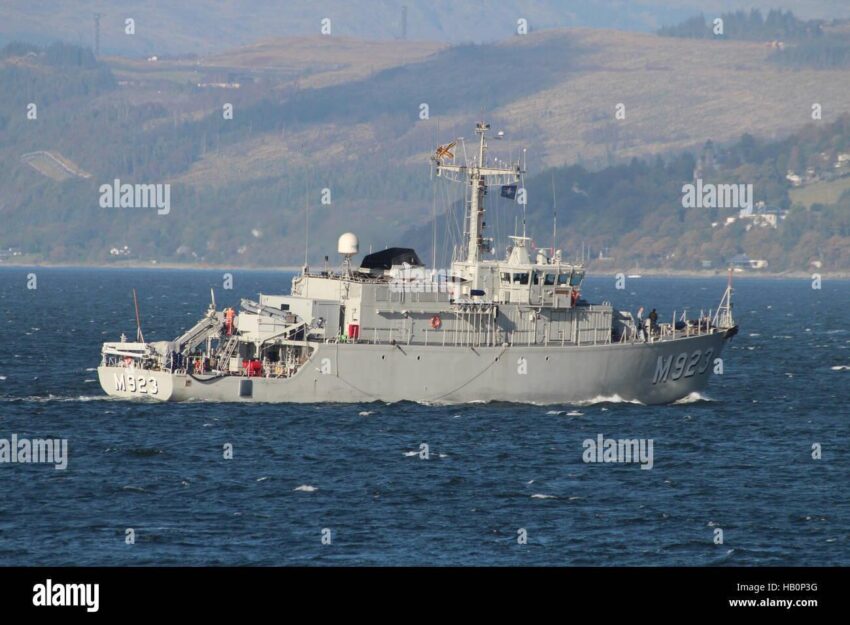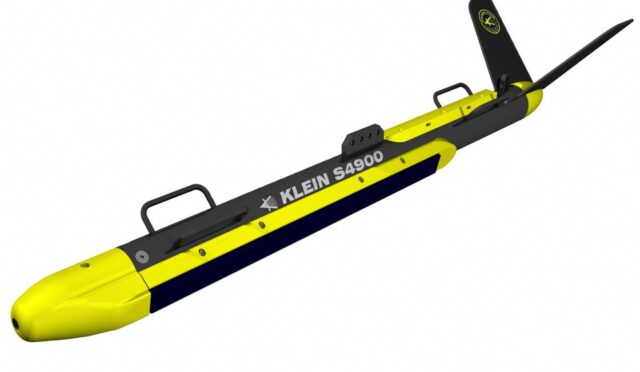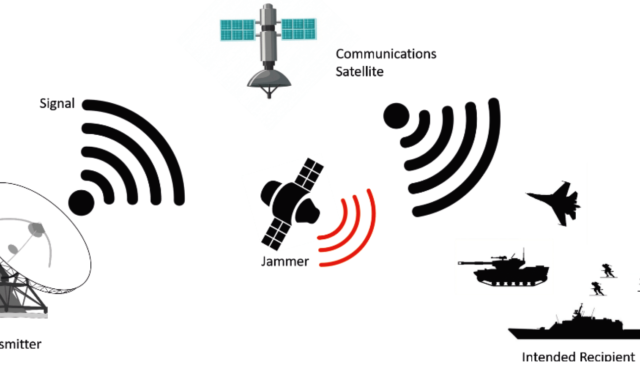Belgian Navy Launches New Mine Countermeasures Vessel
The Belgian Navy has officially commenced the construction of its fourth mine countermeasures vessel, M943 Liège, with a keel-laying ceremony at the Giurgiu shipyard in Romania. This significant event marks a milestone in the Replacement Mine Countermeasures (rMCM) initiative, a collaborative effort between Belgium and the Netherlands aimed at modernizing their aging fleets. Following the ceremony, additional finishing touches will be applied to the Liège by the French company Naval Group at their facility in Concarneau, France.
During the ceremony, a coin featuring the emblem of Liège, the namesake of the vessel and the patron city of minehunter Georges Truffaut, was welded into the ship’s structure. City mayor Willy Demeyer remarked, “This tradition brings good luck to the ship and the crew while commemorating the deep-rooted connection between Liège and the Navy, a history that we hold dear.”
The rMCM Program and Its Objectives
The rMCM program is an ambitious project that aims to construct a total of 12 mine countermeasures vessels, with six allocated to both the Belgian and Dutch navies. These ships are expected to become operational by 2030, with the first vessel’s keel laid back in November 2021. Following its construction, the first ship successfully commenced sea trials in July of the subsequent year.
In addition to the vessels, the rMCM initiative will also involve the production of around one hundred drones, which will enhance the operational capabilities of each ship. The project was awarded to Belgium Naval & Robotics, a consortium that includes key French players such as Naval Group and Exail, highlighting France’s active involvement in the initiative.
Features and Capabilities of the New Vessels
Naval Group has emphasized that each mine countermeasures vessel is designed to withstand underwater explosions while maintaining very low acoustic, electrical, and magnetic signatures. This advanced capability ensures that the vessels can operate effectively in potentially hostile environments.
The Liège will support a crew of 63 personnel, including a core team of 33. The vessel measures 82.6 meters (270 feet) in length and 17 meters (55 feet) in width, with a displacement of 2,800 tons. It is capable of reaching a maximum speed of 15.3 knots (28.3 kilometers or 17.6 miles per hour) and has an impressive operational range of up to 3,500 nautical miles (4,028 miles or 6,482 kilometers).







